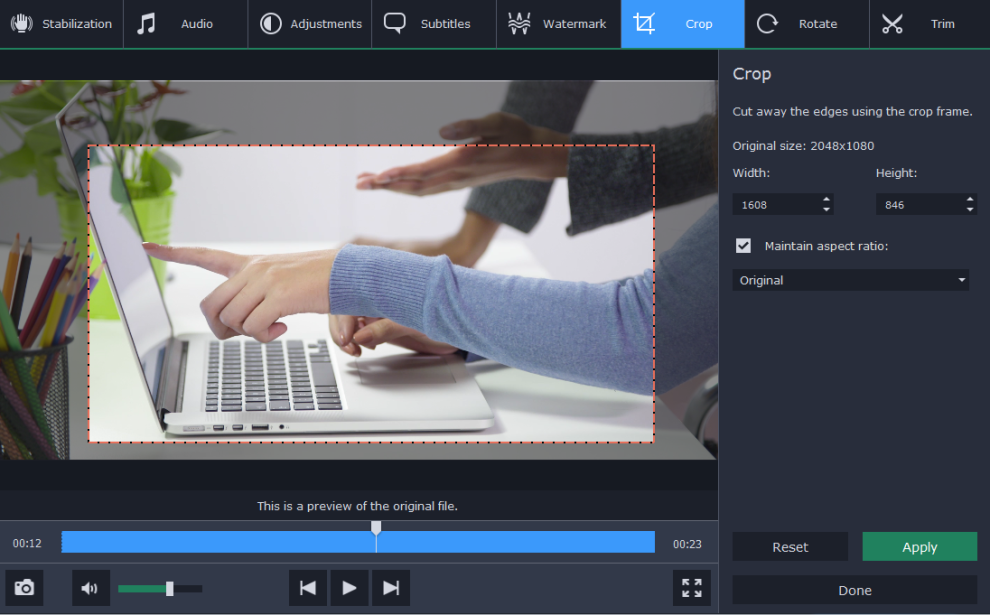Are you trying to find a format that you can use to compress your videos and reduce their file sizes? If you are then the first thing that you should know is that there’s actually one part of that format that you need to focus on specifically: The video codec.
The video codec is what determines the type of compression that is used in the format. As such it is the part of the format that will ultimately control how much the file size of your videos can be reduced.
While there are many video codecs out there, if you are looking for the best options to compress videos it would be a good idea to consider the following:
-
H.264 (MPEG-4 Part 10, Advanced Video Coding)
Currently this is the most widely-used codec and it enjoys tremendous support. When it was released it offered much better compression rates than its predecessors, though considering it is about 15 years old it is starting to be a bit dated.
Still H.264 is a good format and is often used for compression when compatibility is also a concern as it can be played without any issues on most devices and platforms, and is supported (or even recommended) by most online platforms as well.
-
H.265 (HEVC or MPEG-H Part 2)
As you may have guessed based on its name, H.265 is the successor to H.264 and is able to double its data compression ratio. In other words if you transcode a H.264 video file to H.265, it will be up to 50% smaller.
While it is designed to step into the shoes of H.264, so far H.265 has yet to supplant it. Its adoption has been slowed by royalty-issues and an opaque pricing structure.
Although recently H.265 has started to become more widely-supported, most browsers still do not support it.
-
AV1
Designed as an alternative to H.265, AV1 was released just a few months ago but already seems poised to be a strong competitor. It is royalty-free and open source, and therefore not subject to the issues that slowed down H.265’s adoption – while also providing a 30% better compression rate.
On top of that AV1 is developed by the Alliance for Open Media (AOMedia) that consists of numerous tech giants such as Microsoft, Google, Netflix, Amazon, Apple, Cisco, Intel, AMD, and more. With their backing support for AV1 should be rolled out at an accelerated rate.
At this point you should have a good idea of the formats that you can use to compress your video. Next you just need to convert and transcode it into one of them, using Movavi Video Converter for example by following the steps at http://www.movavi.com/support/how-to/how-to-convert-video.html.
Just remember that it is always best to convert a video from the original version. The more videos are transcoded, the more data is lost over time – so always keeping the original and transcoding to different formats from it is a good habit to get into.



